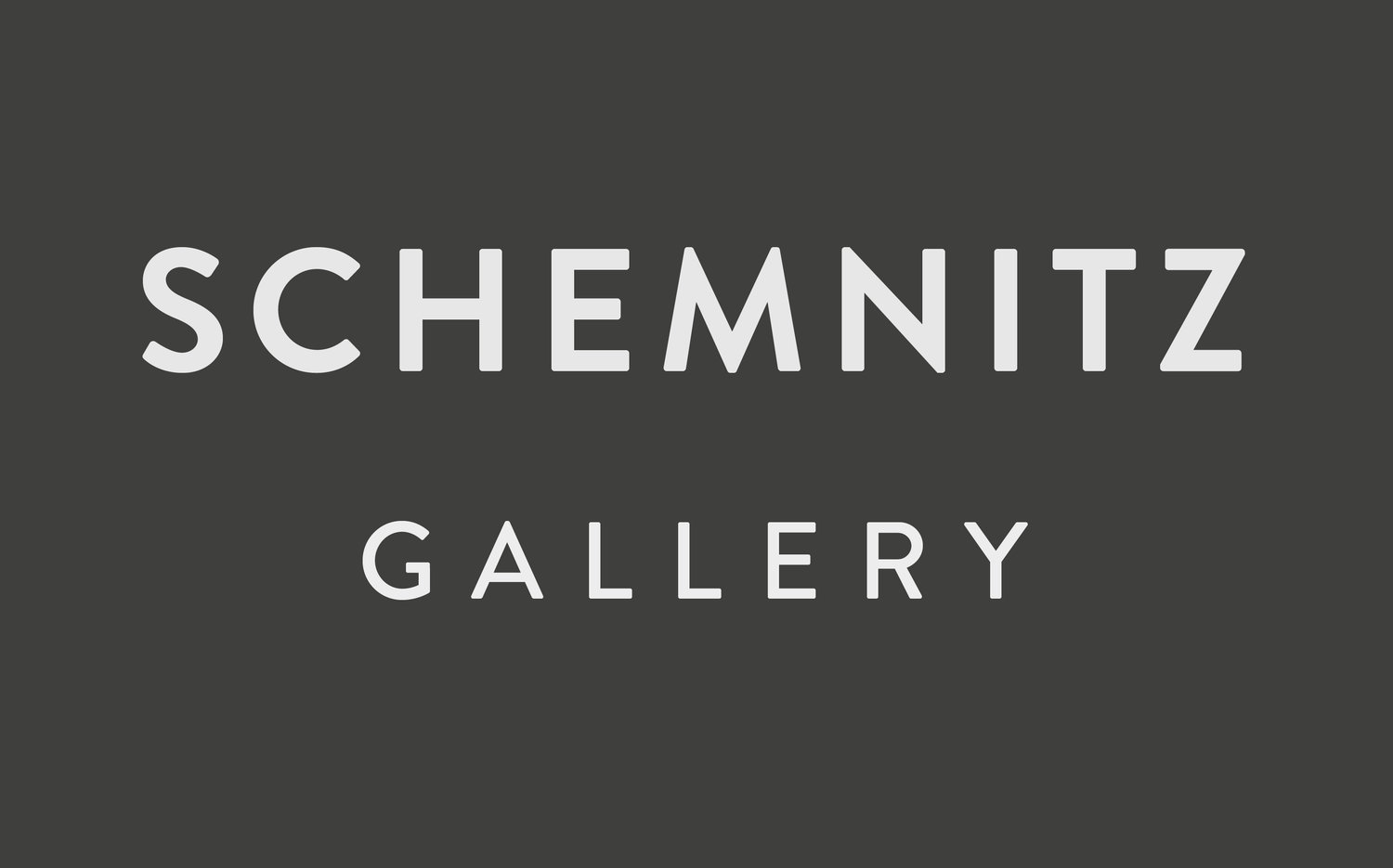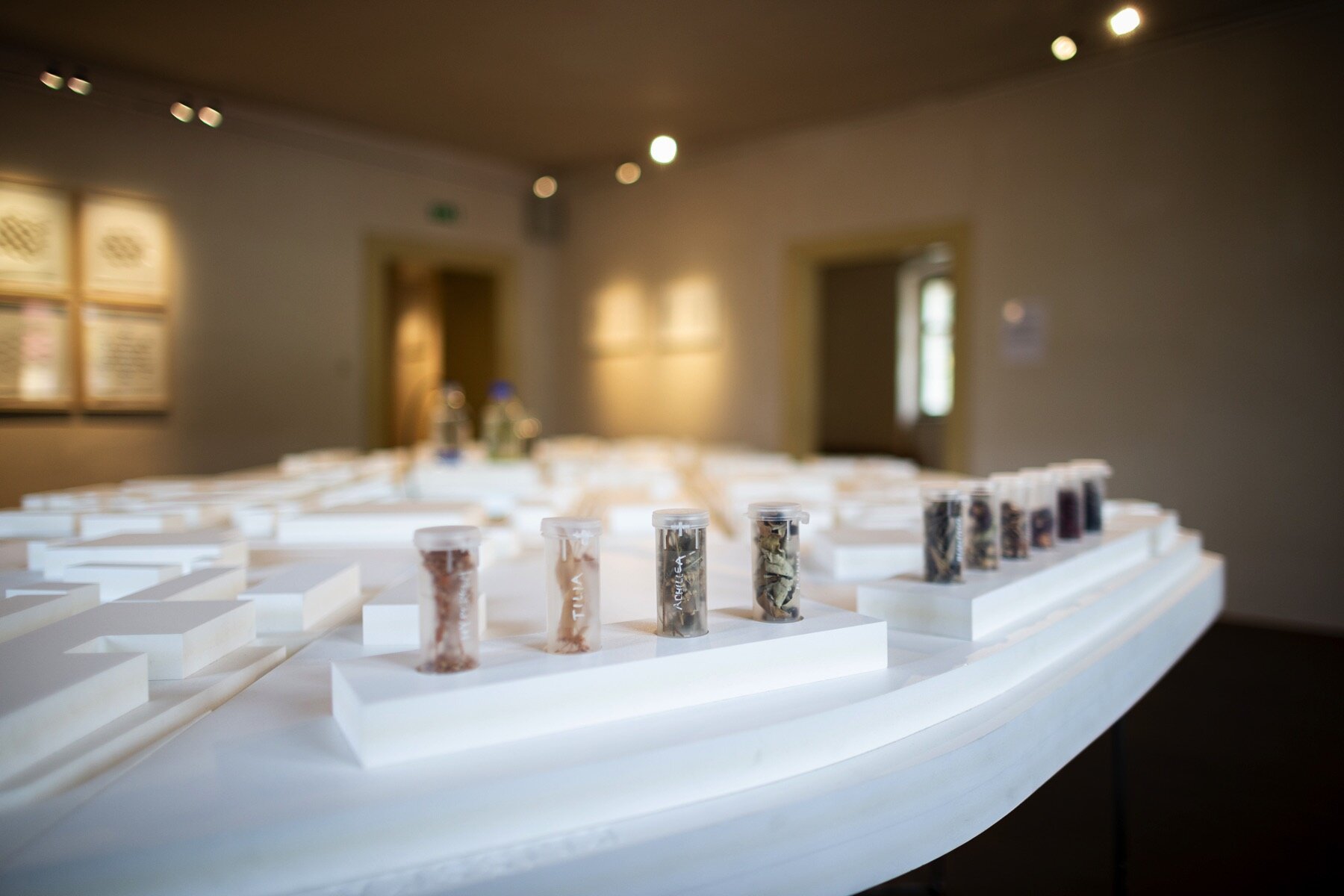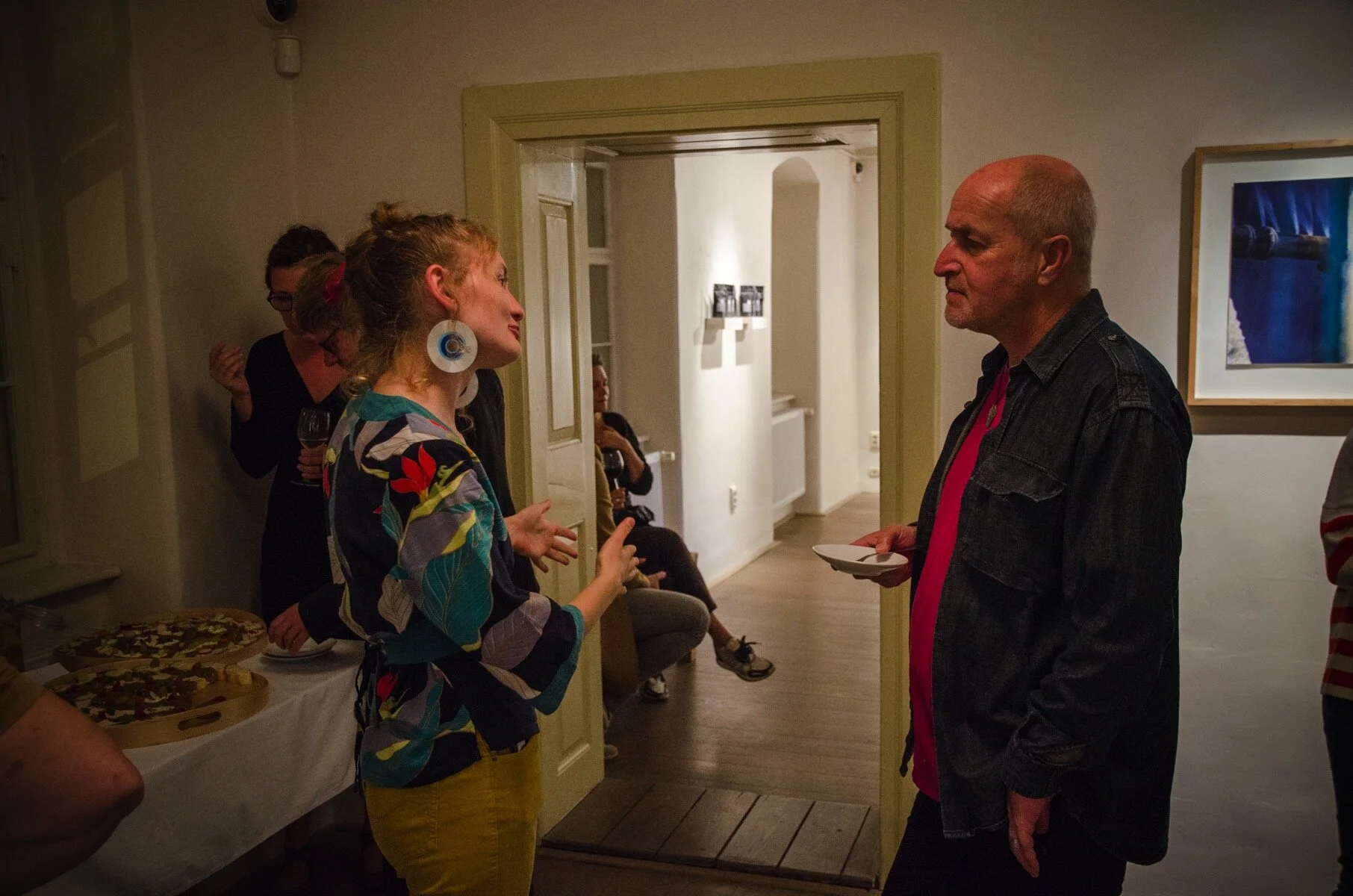Zdena Kolečková
MESSENGER URBÁNNYCH KRÁS | Urban Beauty Messenger
kurátor: Juraj Čarný
27.9.2019
“Každý den jsem autobusem dojížděla na střední školu – před sedmou z domova přes důl, kolem plynárny Havířskou ulicí až do krajského města. Dělníci spěchali na ranní směnu nebo se odpoledne navraceli do svých domovů. Továrna, kde ve spořádaném zástupu vystupovali a nastupovali, přeměňovala nekvalitní uhlí na plyn. Každé ráno se mi chtělo z česnekového zápachu zvracet, ale naučila jsem se zadržovat dech a nadechnout se až po té, kdy se míra zápachu v autobuse dala snést a obraz plynárny v zadním okně se pomalu vzdaloval.”
Zdena Kolečková
Klimatická katastrofa sa nezačala včera ani predvčerom vo vzdialených krajinách, ani na druhej strane našej planéty. Klimatickú katastrofu nezapríčiňujú len veľké korporácie a rozvojové krajiny. Klimatická katastrofa sa odohráva práve teraz a tu, na celej našej planéte, a to aj vďaka každému jednému z nás.
Je mi ľúto, že vás nemôžeme privítať na veselej, jednoduchej, ani povzbudivej výstave. Našou úlohou dnes nebude zapchať vám uši, ani zaslepiť oči, práve naopak. Pravdu vám povieme nahlas, jasne a bez kompromisov. Zdena Kolečková to robí až bolestivo dôsledne a dôkladne. Pre výstavu v Galérii Schemnitz pripravila dôkladnú obžalobu priestoru, v ktorom žije a pracuje.
Pred pár mesiacmi som navštívil Miami a prekvapilo ma, koľko umelcov sa vo svojej tvorbe venuje katastrofe, ktorá je pre toto mesto realitou blízkej budúcnosti. Odhady hovoria, že približne o 40 rokov bude veľká časť Miami a takmer celé Miami Beach pod vodou. Problém, je že nikto nevie presne odhadnúť rýchlosť stúpania hladiny oceánu, aj keď je nárast nielen evidentný, ale aj neustále sa zrýchľujúci. Scenár na prežitie Miami, ako ho dnes poznáme, neexistuje. Vysvetľovať miestnym, že klimatická zmena neexistuje by bolo absurdné. Rovnako, ako hovoriť o klimatickej kríze, pretože pre nich je katastrofa vlastne už realitou. Ak bude dôsledkom klimatickej zmeny vo svete katastrofa, ktorej najhorším prejavom by bola len obrovská migrácia a nič iné, už aj tak by sme mali zmeniť slovník a hovoriť otvorene o veľkom probléme. Či masívna migrácia vyvolá aj sériu iných, omnoho väčších problémov, môžeme len hádať. Umelci majú vďaka špecifickej citlivosti schopnosť komunikovať témy, ktoré bežní ľudia často nevnímajú. Pokiaľ v Miami si dnes problém uvedomujú všetci, nás klimatická zmena zatiaľ nenúti odsťahovať sa. Asi preto sú naše reakcie pomalé a vlažné.
Zdena Kolečková
do Galérie Schemnitz a Banskej Štiavnice prináša témy, ktoré súvisia s jej detstvom, prostredím v ktorom vyrastala, ale aj v ktorom sa dobrovoľne rozhodla naďalej žiť aj pracovať. Témy, ktorým sa vo svojej tvorbe venuje úzko súvisia so severočeským industriálnym priestorom, kontrastujúcim s nádhernou krušnohorskou prírodou. Pohnutá história sudeto-nemeckého regiónu nesie stopy bohatej nemeckej kultúry aj komunistického drancovania. Ekologické témy sa v jej tvorbe prelínajú s príbehmi osobnej aj spoločenskej pamäte. Nie je celkom presné označiť ju za ekoaktivistku, vo svojom empatickom prístupe sa skôr venuje osobným spomienkam, príbehom a kritickej reflexii prostredia, ktoré ju obklopovalo a obklopuje. Povrchová ťažba aj chemický priemysel sa mesta Ústí nad Labem dotýkajú takmer fyzicky.
Zdena Kolečková na výstave Messenger urbánních krás predstavuje postkonceptuálne diela, ktorým napriek naliehavým témam nechýba ženská citlivosť aj kultivovaný humor. Nájdete na nej laboratórium, ktoré v reálnom čase predstavuje mieru ohrozovania života. Fascinujúce fotografie tovární realizované v rámci “narušiteľských”, “špiónskych” aktivít za podpory členov rodiny. A ak máte radi bylinkový čaj, radi vám dnes v galérii jeden predstavíme. Ak vám teda nevadí, že bude obsahovať aj vzácne chemické látky: arzén, kadmium, ortuť, olovo a polyaromatické uhlovodíky.
Dobrú chuť a na zdravie!
Juraj Čarný
-
“Every day, I commuted to high school by bus – before 7 a.m., from home through the valley, past the gas plant on Havířská Street, all the way to the regional city. Workers hurried to their morning shifts or returned home in the afternoon. The factory, where they orderly boarded and disembarked, transformed low-quality coal into gas. Every morning, I felt like vomiting from the garlicky smell, but I learned to hold my breath and only inhale after the bus’s odor became bearable, while the image of the gas plant in the rear window slowly faded away.”
Zdena Kolečková
The climate catastrophe didn’t begin yesterday or the day before in distant countries or on the other side of our planet. It’s not solely caused by large corporations or developing nations. The climate catastrophe is unfolding right now and here, across our entire planet, thanks to each and every one of us.
I regret that we cannot welcome you to a cheerful, simple, or uplifting exhibition. Our task today is not to plug your ears or blind your eyes; quite the opposite. We will speak the truth loudly, clearly, and without compromise. Zdena Kolečková does this painstakingly and thoroughly. For the exhibition at the Schemnitz Gallery in Banská Štiavnica, she has meticulously indicted the space in which she lives and works.
A few months ago, I visited Miami, and I was surprised by how many artists focus their work on the catastrophe that looms as a near-future reality for this city. Estimates suggest that in approximately 40 years, a significant portion of Miami, including almost all of Miami Beach, will be submerged. The problem lies in the uncertainty of the rate of sea level rise, although the increase is not only evident but also accelerating. There is no survival scenario for Miami as we know it today. Trying to convince locals that climate change doesn’t exist would be absurd. Similarly, discussing a climate crisis is redundant because, for them, the catastrophe is already a reality. Even if the global consequence of climate change were merely massive migration and nothing else, we should still change our vocabulary and openly address this significant issue. Whether massive migration will trigger a series of even greater problems remains speculative. Artists, with their unique sensitivity, can communicate topics that often go unnoticed by ordinary people. While Miami residents are fully aware of the problem today, climate change hasn’t yet forced us to relocate, which is perhaps why our reactions remain slow and tepid.
Zdena Kolečková, in her exhibition at the Schemnitz Gallery in Banská Štiavnica, brings forth themes related to her childhood, the environment in which she grew up, and the one in which she has voluntarily chosen to continue living and working. The themes she explores in her work are closely tied to the industrial landscape of northern Bohemia, contrasting with the beautiful nature of the Ore Mountains. The tumultuous history of the Sudeten German region bears traces of rich German culture as well as the ravages of communism. Ecological topics interweave with personal and societal memory narratives in her work. While she cannot be precisely labeled as an eco-activist, her empathetic approach focuses on personal memories, stories, and critical reflections on the environment that has surrounded and continues to surround her. The surface mining and chemical industry in the city of Ústí nad Labem almost physically touch her life and work.
Zdena Kolečková’s exhibition “Messenger of Urban Beauty” presents post-conceptual works that, despite urgent themes, maintain both feminine sensitivity and cultivated humor. Within it, you’ll find a laboratory that dynamically represents the endangerment of life. The captivating factory photographs were captured during “disruptive” and “spy” activities, with the support of family members. And if you’re a fan of herbal tea, we’ll introduce one to you in the gallery today. Just be aware that it contains some rare chemical substances: arsenic, cadmium, mercury, lead, and polycyclic aromatic hydrocarbons.
Bon appétit and cheers!
Juraj Čarný




















































































